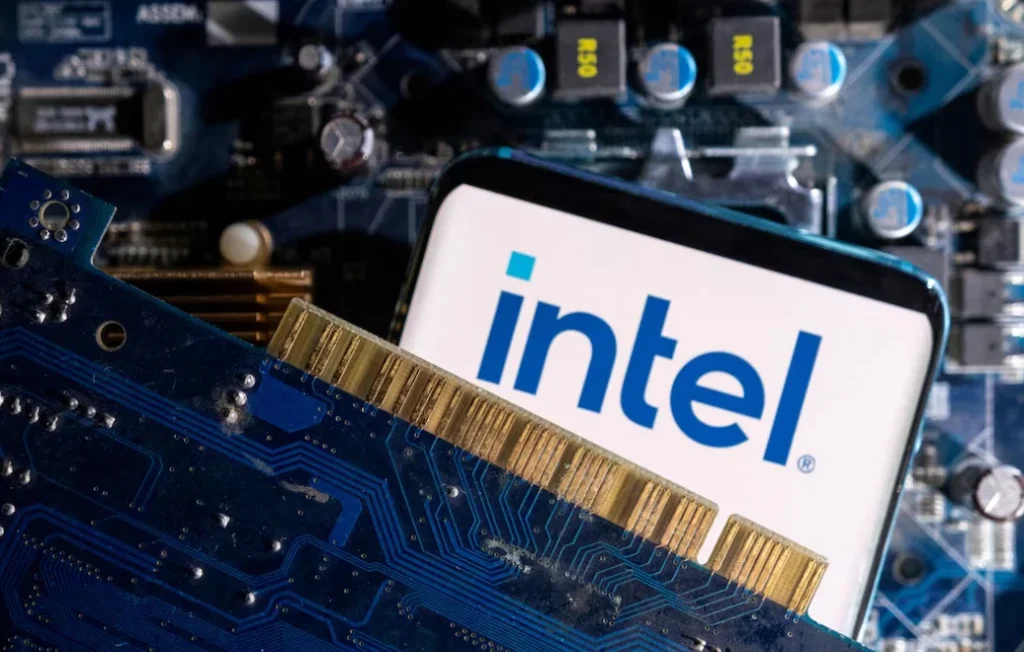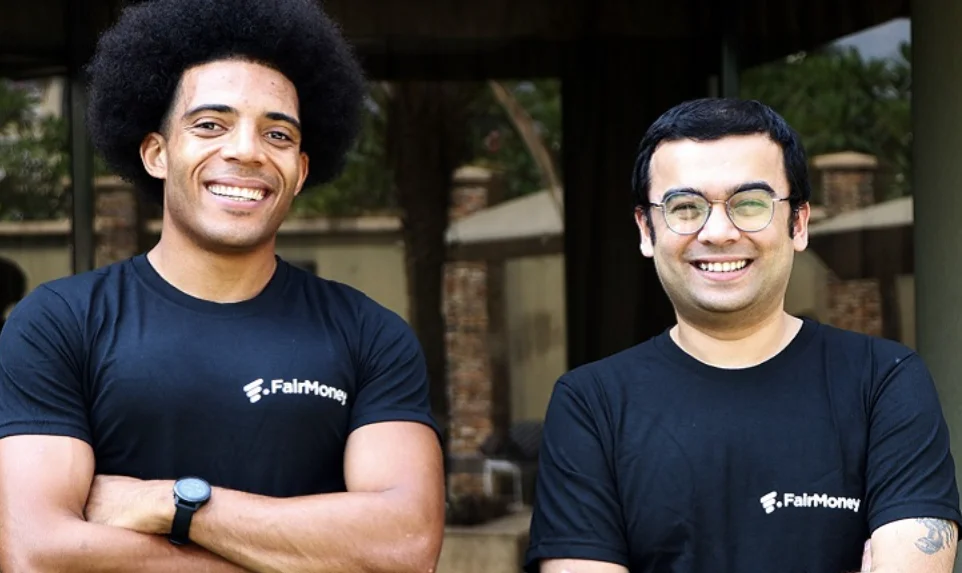Intel to Cut 22% of Workforce as CEO Lip Bu Tan Targets Cost Efficiency and Manufacturing Turnaround
Intel Corp. is aggressively downsizing its workforce as part of a broad turnaround strategy led by new CEO Lip Bu Tan, who took the helm in March 2025. The company revealed on Thursday that it will reduce its headcount to 75,000 employees by the end of the year, down 22% from the end of 2024, amid efforts to address longstanding manufacturing missteps and operational inefficiencies.
The cuts are part of Tan’s larger push to reposition Intel as a leaner, more focused chipmaker, distancing the company from years of mismanagement that left it trailing behind competitors like Nvidia and AMD.
“No More Blank Checks”: Intel’s New Blueprint
In a company-wide memo, Tan emphasised a new culture of financial discipline, writing: “There are no more blank checks. Every investment must make economic sense. We will build what our customers need, when they need it, and earn their trust through consistent execution.”
Tan’s message marks a sharp departure from the previous leadership under Pat Gelsinger, whose ambitious bet on the 18A manufacturing process, meant to rival Taiwan’s TSMC, is now being reconsidered. Reuters reported earlier this month that Tan may pull the plug on offering that technology to outside customers, citing low return potential.
Intel Restructures: 50% of Management Layers Eliminated
Intel is not only reducing its workforce but also flattening its organisational structure. CFO David Zinsner told Reuters the company took a “surgical” approach to job cuts and eliminated about 50% of management layers, focusing on middle management to improve agility and reduce bureaucracy. “We took out about 50% of the layers of the company,” Zinsner confirmed, as part of a broader restructuring effort.
Intel has already completed the majority of job cuts and aims to achieve the rest through attrition and other means by year-end. The company’s headcount stood at 96,400 as of June 2025.
Struggles in AI and Core Markets
Intel’s troubles are compounded by its limited role in the booming AI chip sector, which continues to be dominated by Nvidia, and the market share gains of AMD in both PC and server processor segments. Despite heavy investments, Intel has failed to keep pace with the rapid evolution of semiconductor design and fabrication.
Its high-profile foundry initiative — aimed at competing with TSMC — has also failed to gain traction, raising questions about its viability under Tan’s leadership.
Market Reaction and Forecast
Following the announcement, Intel shares fell 4.5% in extended trading, after the company issued a disappointing Q3 forecast, predicting deeper losses than Wall Street anticipated. Analysts and investors are closely watching how Tan’s strategy will impact Intel’s long-term competitiveness.
Tan reiterated that while Intel will continue investing in manufacturing, future bets will be measured and ROI-focused, prioritising internal needs over external foundry services.












